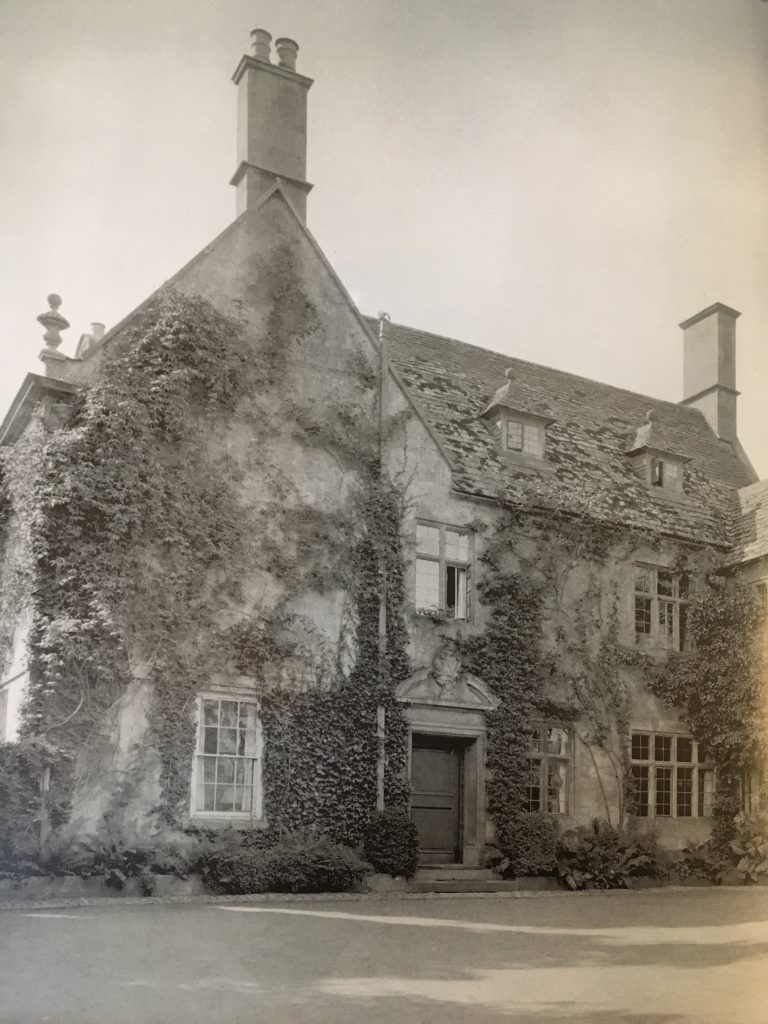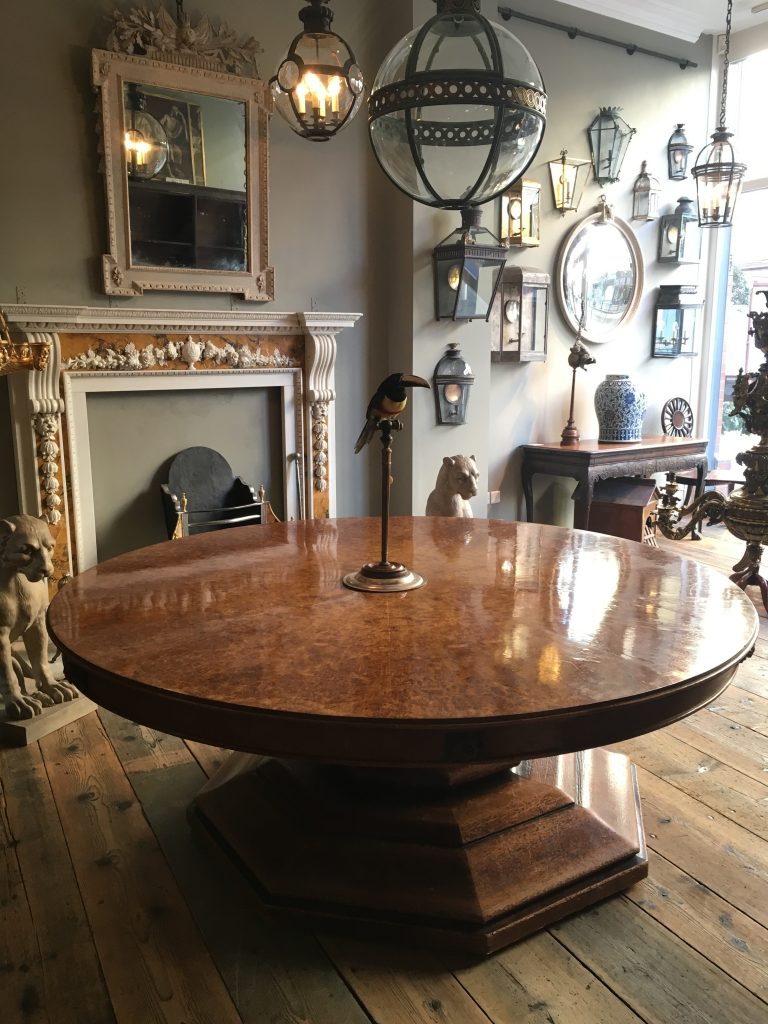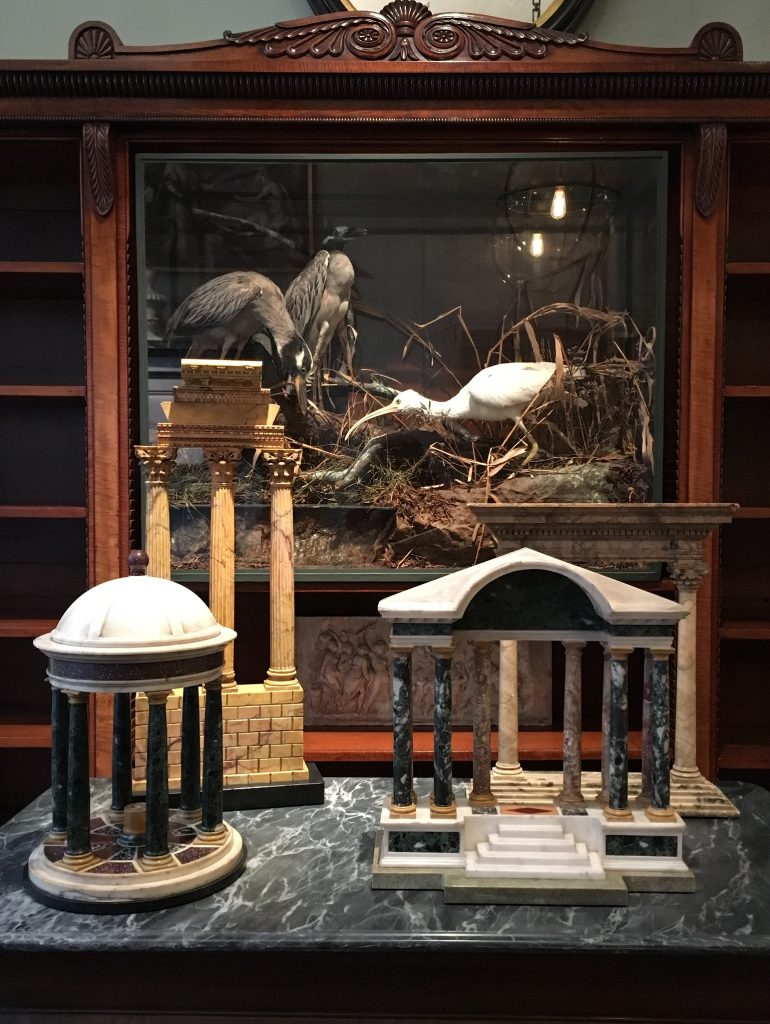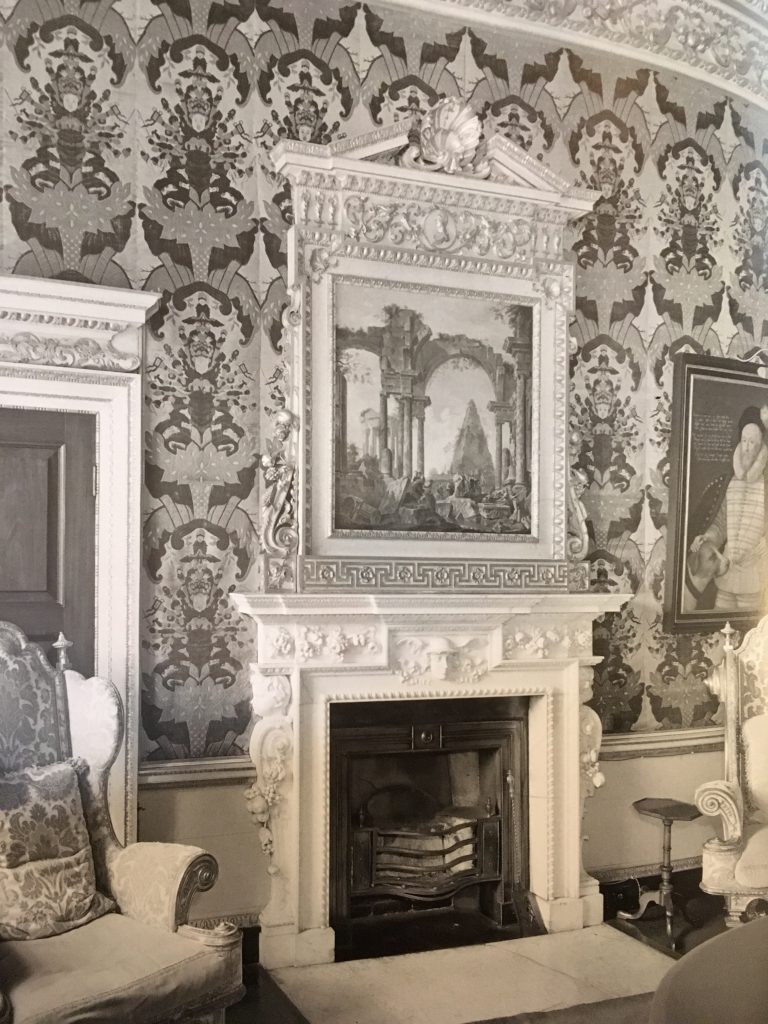Sometimes the selling of a few Gainsboroughs just couldn’t cover the costs of the upkeep of the English country house and estates in the late 19th and 20th centuries and with the explosion of wealth in America from industrialisation following the Civil War, the English and most wealthy American families became interwoven.
This theme is explored in a wonderful book I was given for Christmas: ‘An Exuberant Catalogue of Dreams’. The Americans who revived the Country House in Britain’ by Clive Aslet. It is absolutely fascinating and illustrates how a great connection grew between America and England, cementing the American love for the English country house and it’s aesthetic which lies at the very core of Jamb.
(1903) May Goelet had a long line of suitors desperate to marry her. The ‘epitome’ of the American girl: ‘bright, amusing and quick’- she came from enormous wealth, ( New York real estate) She married the 8th Duke of Roxburghe and lived in Floors Castle, built by William Adam, the father of Robert Adam.
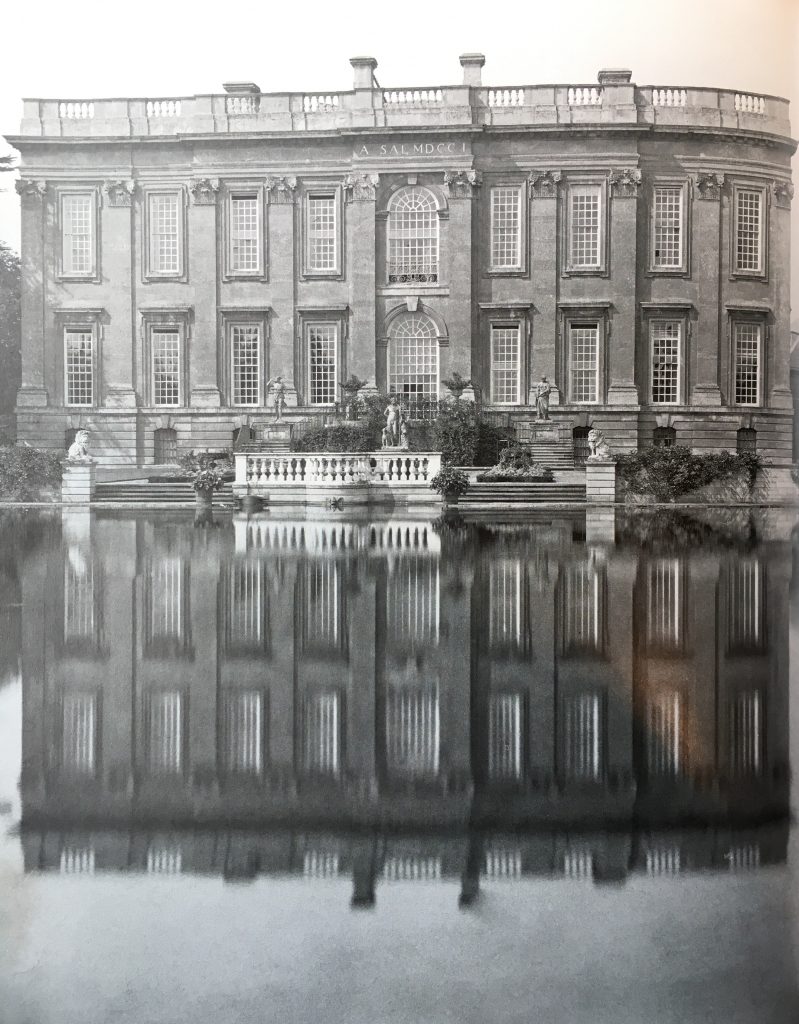 One of my favourite houses in the book, Easton Neston, Northamptonshire, built by Nicholas Hawksmoor. Sir Thomas George Fermor-Hesketh who owned Easton Newton, was one of the first country house owners to marry an American heiress, Flora Sharon, who reportedly had the largest dowry in the late 19th Century of 2 million dollars.
One of my favourite houses in the book, Easton Neston, Northamptonshire, built by Nicholas Hawksmoor. Sir Thomas George Fermor-Hesketh who owned Easton Newton, was one of the first country house owners to marry an American heiress, Flora Sharon, who reportedly had the largest dowry in the late 19th Century of 2 million dollars.
For the Americans, the traditional country house was an ideal, from a land with great history and traditions. A grand architectural form accompanied by the finest gardens and a sumptuous and eclectic mix of the highest quality furniture and textiles.
 Hever castle, another one of my favourite houses belonged to the Astor family in the 20th century.
Hever castle, another one of my favourite houses belonged to the Astor family in the 20th century.
Hidcote Manor with it’s wonderful garden is another favourite. Bought by a wealthy New Yorker, Gertrude Winthrop for her her son Lawrence Johnston in 1907. He created one of the most beautiful English gardens.
After the First World War the situation was dire not only for the country but the future of the country houses. With so many deaths and further crippling death duties to pay for, many of the great English country houses had to be demolished or sold. Reportedly a quarter exchanged hands. In my career as an antique dealer I have been lucky to own many of the finest chimneypieces and antiques from the English country houses. Even though the heir of Arley Castle was killed in the First World War, the castle managed to remain. At the moment I have a spectacular Pollard Oak table, attributed to Gillows, that came from this fine house and is one of the most extraordinary tables I have ever owned.
Akin to the English aristocracy of the 18th Century during the Grand Tour; the Americans became the connoisseur collectors and aesthetes of the 20th Century. Saving both a faltering way of life and treasures that could have been lost forever. This spawned the Americans to develop a passion for collecting the aesthetic of the English country house.
Reading this book, reminds me of another amazing book that charts one of the most fascinating themes to me: the journeys of the great antiques from the past centuries – “Moving Rooms. The Trade in Architectural Salvages‘ by John Harris. If the fate of a house couldn’t be saved and therefore lay in demolition, very often whole ‘Period Rooms’, would be sold alongside the architectural salvaged goods and contents of the house. A great transatlantic journey began alongside the ‘birth’ of the antique shop in many English country towns and villages, overflowing with dismantled treasures. Anglo-american dealers had never been busier supplying to the wealthiest and most influential American families: Frick, Morgan, Vanderbilt, Whitney, Rockefeller and Duveen, often creating bidding wars. According to great myth, there are still warehouses full of treasures.
An exceptional mantel in Nancy Lancaster’s velvet room, Ditchley Park, that illustrates her bold and masterful vision.
Nancy Lancaster, is also portrayed in “An Exuberant Catalogue of Dreams“, one of the most fascinating and influential Americans, who cast significant change in the way the English country house was modernised and styled. Her second husband, Ronnie Tree bought Lady Sibyl Colefax’s share of Colefax & Fowler for Lancaster and she became one of the most influential designers, alongside those who had been so integral to her vision at the very beginning when she moved to England. Most notably Lady Sibyl Colefax, Syrie Maugham, John Fowler and Stephane Boudin of Paris. It seems opportune to read about the history of Colefax & Fowler, as this English intuition of decorators are about to become our neighbours on the Pimlico Road, which we are very much looking forward to.
Bibliography: “An Exuberant Catalogue of Dreams. The Americans Who Revived the Country House in Britain.” Clive Aslet
“Moving Rooms. The Trade in Architectural Salvages.” John Harris.










